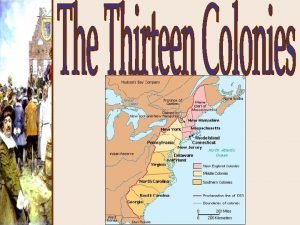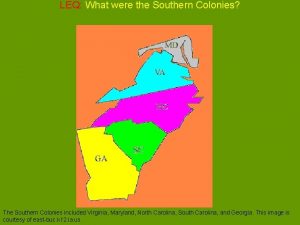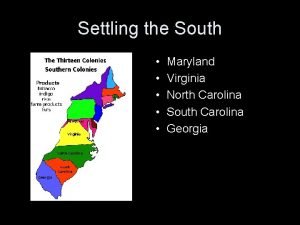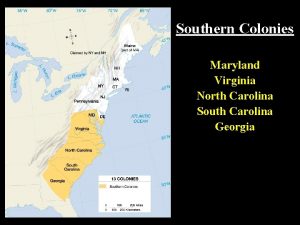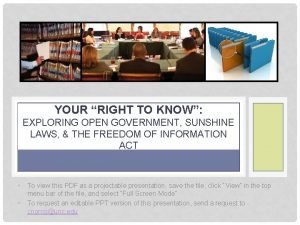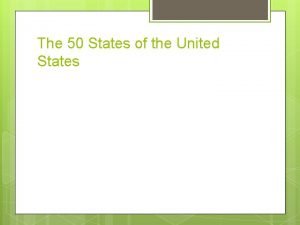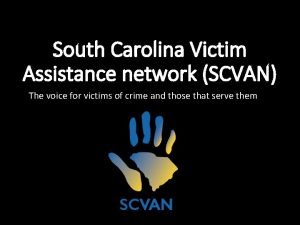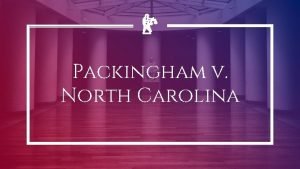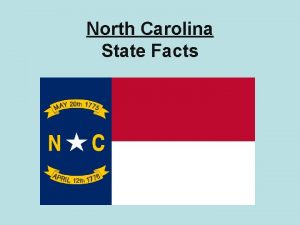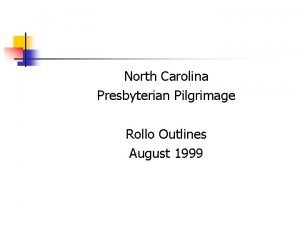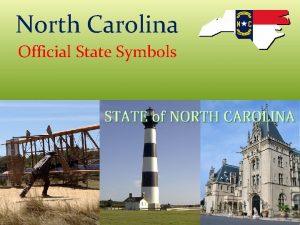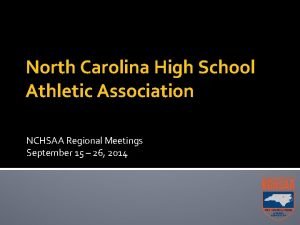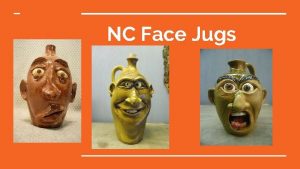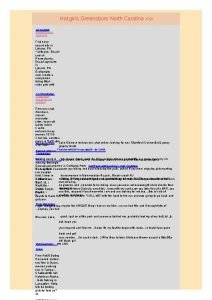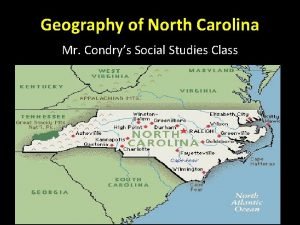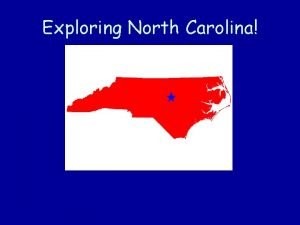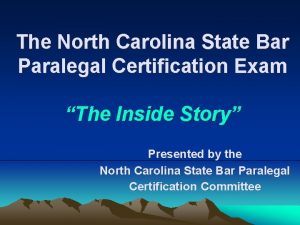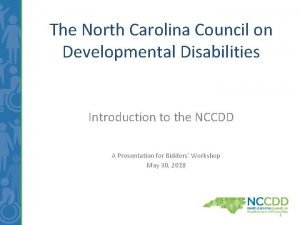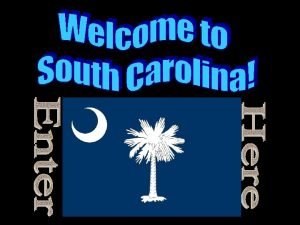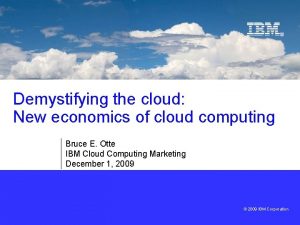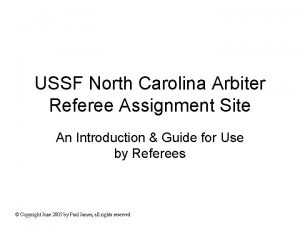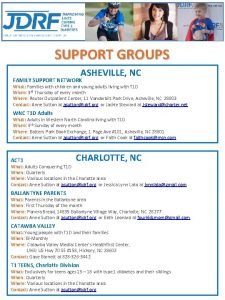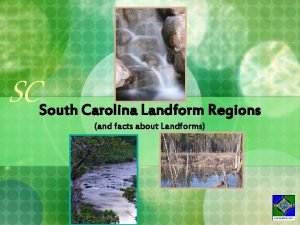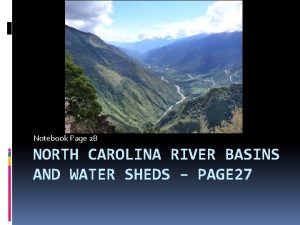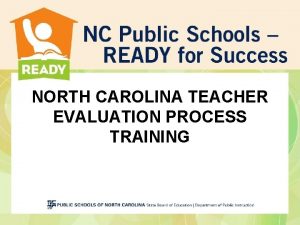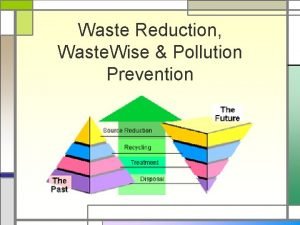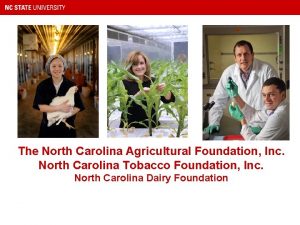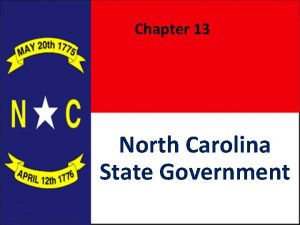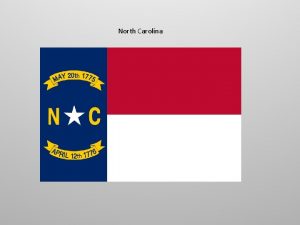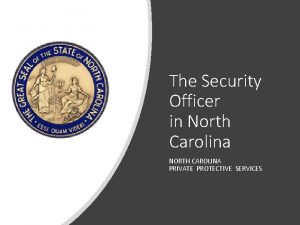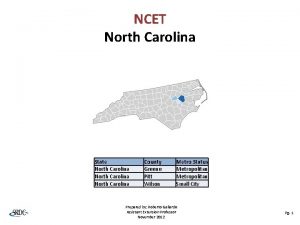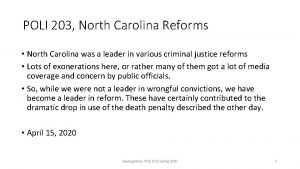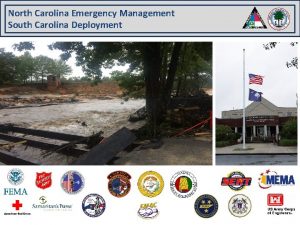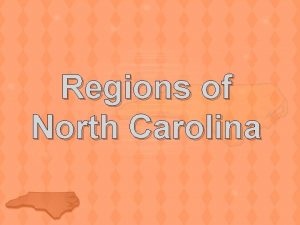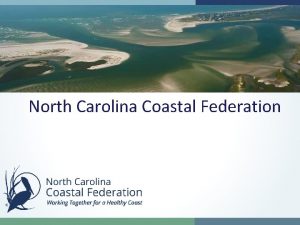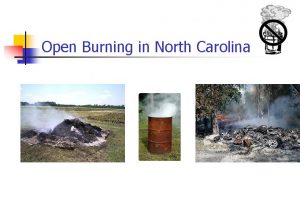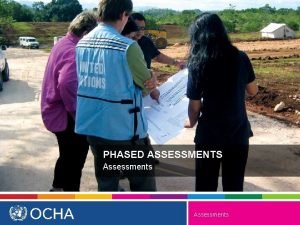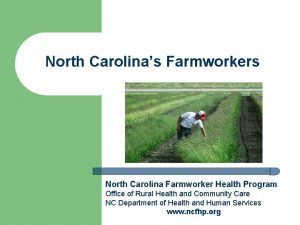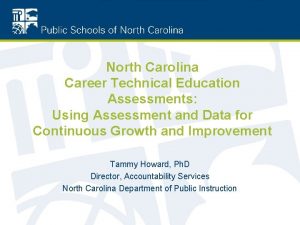Conducting Waste Assessments North Carolina Waste Wise Program





























- Slides: 29

Conducting Waste Assessments North Carolina Waste. Wise Program Hands-On Training May 17, 2000 Department of Correction Raleigh, NC

A Waste Assessment Is… An assessment is a step-wise, team-based approach used to evaluate how, when, where, and why solid wastes are generated in the workplace. An assessment is…

Why Conduct an Assessment? Goal of NC Waste. Wise Program Helps agencies prepare for annual report Establishes baselines: • quantities of waste generated • associated waste management costs • purchasing practices Identifies waste reduction opportunities

WII. FM What’s In It For Me? Save your agency and state government $$$. Strengthen communication between management and non-management personnel. Raise profile of agency as state leader.

Reality Check • • You don’t have to be an “expert”. Ask questions. Be open-minded. Be willing to work on a team and to share ideas. • Think “out of the box. ” • Talk to co-workers.

Step-Wise Approach Step 1. Identify team members Step 2. Determine areas to be evaluated Step 3. Collect preliminary data Step 4. Schedule assessment Step 5. Review results Step 6. Congratulate yourself because you can make a difference!

Waste Assessment Team Those involved in waste management Include representatives from different areas of the operation: • Purchasing • Maintenance • Food Service • Groundskeeping • Anyone interested in waste reduction

Team Characteristics • Size depends on facility area to be covered in assessment • Volunteers or appointed Trash • Enthusiastic for • Time commitment Cash • Recognize membership

Team Responsibilities Select waste assessment method Define roles and responsibilities Make assignments Ensure follow-up of findings

Prepare for the Assessment Schedule assessment 1. most convenient time 2. schedule when most waste is present 3. announce and follow-up Meet with key personnel 1. identify contact person(s) in each area 2. clarify purpose of assessment Gather preliminary information 1. area size and related activities 2. peak time of operation 3. begin data collection

Assessment Methods A waste assessment is an evaluation that identifies the quantity, types, and points of generation of wastes. Approach Method Review hauling and purchasing records Review data Facility walk-through Direct observation Waste audit Sort, measure, and quantify waste

Hauler Records Examination The best way to save $$$ is to understand how collection schedules, container size, and the weight or volume of waste can impact costs. How are charges assessed? • By volume • By weight Container rental fees? Container pull charges? Worksheet B

Hauler Records PROS CONS • May provide good data • Accuracy depends on on weight/volume of quality of records waste generated • Not likely to identify • Can require less time specific waste components than walk-through or • Hard to use if more than waste sort one user per dumpster

Purchasing Records PROS • Provides data on specific waste types from point of origin CONS • Will not provide full picture of waste generation • If purchasing is not • Helps identify most expensive component of centralized, can be incomplete waste stream • More accurate than waste sort for tracking small/seasonal items

Facility Walk-Through • Tour inside and outside of facility • Observe waste generation activities • Talk to co-workers about waste generation • Ask the “ 5 Whys”

Facility Walk-Through PROS CONS • Allows look at facility operations • May not identify all waste types generated • Provides info. on waste types and points of generation • May not be representative if only done once • Doesn’t provide precise info. • Encourages communication on waste quantities with co-workers to address waste prevention options

Facility Walk-Through Observe all workplace areas for waste generation Take notes on: • waste generation: where, why, & quantities • waste composition • waste handling • waste storage and collection • waste reduction activities Worksheet C

Areas to Evaluate Office administration areas Cafeterias/break rooms Copying/printing areas Maintenance Materials receiving/storage/shipping Food prep areas Garages and machine areas Others?

When Inside the Areas… Look in waste bins, trash cans, recycling containers, and dumpsters. Record waste quantities and characteristics. Ask area employees questions about waste generation. Look for ways to prevent, reuse, recycle or compost the identified wastes. Identify items that can be replaced by recyclable materials with higher value. Record findings.

Waste Sorts Physical collection, sorting, and weighing of representative waste sample Identifies waste components and calculates percent of waste generated Worksheet D

Waste Sort (Specific Areas) PROS • Good for specific wastes and areas CONS • Does not provide facility-wide data • Provides quantitative data • May omit some waste types on waste components • May not be representative if done once

Waste Sort (Facility-Wide) PROS • Estimates waste generation info. for entire facility • Provides quantitative info. on each waste component CONS • Time consuming • May not be representative if done only once • Does not provide info. on how or why wastes generated

Remember… Safety First Check with safety office for requirements Wear personal protective gear Follow all safety procedures and precautions

Documenting Results Provides record of waste reduction efforts Develops record keeping system to track costs, savings, & reductions Provides baseline data to evaluate program’s successes and areas needing improvement

Celebrate!!! Congratulate yourself and your team because your assessment benefited the environment and your helped impact your organization’s waste management costs!

DPPEA Resources Assistance to industry, business, and government On-site facility waste assessments Develop and evaluate waste reduction programs Outreach and training Information clearinghouse • Over 9, 000 documents • Web Site: www. p 2 pays. org



Local Resources City and County Recycling Programs Solid Waste Departments Commercial Waste Haulers
 Virginia, maryland, north carolina, south carolina, georgia
Virginia, maryland, north carolina, south carolina, georgia Map of north carolina and south carolina
Map of north carolina and south carolina Maryland virginia north carolina south carolina and georgia
Maryland virginia north carolina south carolina and georgia Virginia, maryland, north carolina, south carolina, georgia
Virginia, maryland, north carolina, south carolina, georgia He who walks with the wise grows wise
He who walks with the wise grows wise North carolina sunshine laws
North carolina sunshine laws Boston state abbreviation
Boston state abbreviation Nc victim assistance network
Nc victim assistance network Packingham v. north carolina
Packingham v. north carolina What is the north carolina state bird
What is the north carolina state bird Nc presbyterian pilgrimage
Nc presbyterian pilgrimage North carolina state fruit
North carolina state fruit Nchsaa regions
Nchsaa regions North carolina landmarks
North carolina landmarks Ugly jugs history
Ugly jugs history Local sluts lykens pa
Local sluts lykens pa North carolina relative location
North carolina relative location Exploring north carolina
Exploring north carolina Unc pediatric hematology oncology fellowship
Unc pediatric hematology oncology fellowship Unc chapel hill computer science
Unc chapel hill computer science Nc certified paralegal
Nc certified paralegal North carolina council on developmental disabilities
North carolina council on developmental disabilities Hatteras lighthouse
Hatteras lighthouse South carolina regions
South carolina regions North carolina digital government summit
North carolina digital government summit North carolina soccer referee
North carolina soccer referee Family support network of north carolina
Family support network of north carolina North carolina landforms
North carolina landforms How many river basins are in nc
How many river basins are in nc North carolina teacher evaluation rubric indicators
North carolina teacher evaluation rubric indicators
